Disclaimer: We are not experts in ecology, architecture, or town planning. This critical view is to be read as a layman’s perspective.
First impression, unfortunately, is not the best impression in this case. Lavasa has aroused our curiosity when we heard about it first—especially as the ‘first planned hill city of India.’ For Indians, there cannot be any hill station without colonial baggage. So this sounded pretty interesting, but we never managed to visit Lavasa. When controversies erupted on this project, we were keenly reading all the news and reports.
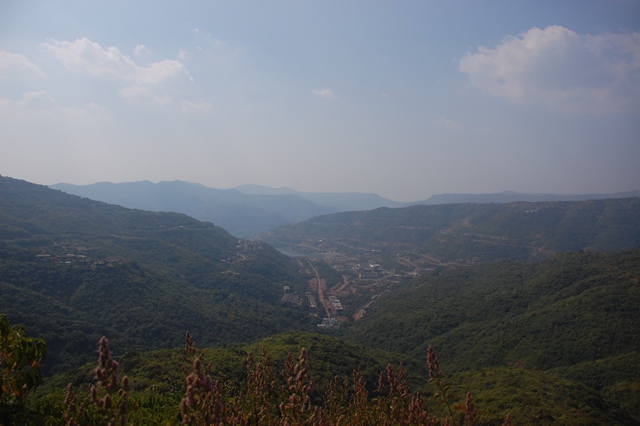
Finally, we managed to get a glimpse of Lavasa. While driving back from Panshet, we took the Dasave/Lavasa route to Pune. Lavasa, to us, did not appear a planned hill city. It looked like clean shave of a natural green belt, which is a catchment area of the Varasgaon dam. Currently, the development is in progress in the Dasave area, where the backwaters of Varasgaon dam extends inward to a creek-like formation between two valleys. Hotels, hospitals, schools, shopping areas, and residences are constructed at the base of the valley. Independent, identical bungalows are being constructed along various lanes that are carved out of the valley. From top of the ridge, where there is a grant entrance to the city, one can get a view of the two valleys (that is getting shaved). The town square area already looks ‘traffic-jammed’, even before the ‘city’ comes to life.
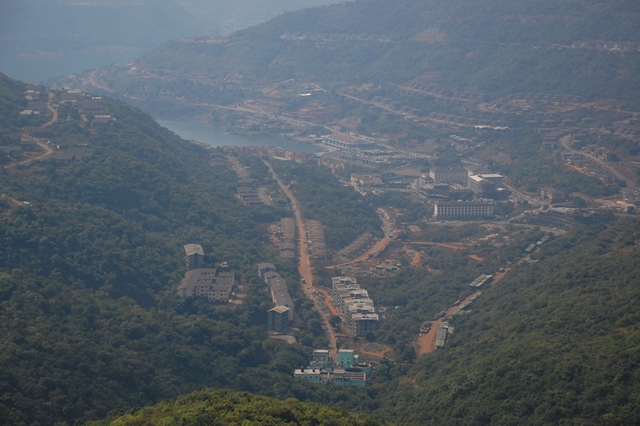
What we saw was just Dasave. Only when we looked at the master plan given in the Lavasa Web site, we got an idea of the largeness of this project. The proposed city covers almost 35–45% of the periphery of the huge Varasgaon dam backwaters. The key question is that when a city is built on the catchment area of huge water reservoir, from where will the reservoir get water? Our limited understanding says that with large amount of vegetation being removed, the soil will not hold water naturally, to be released gradually to the reservoir. And with a proposed permanent population of 0.3 million and annual tourist arrival of 2 million in an area that covers a major portion of the catchment area of a reservoir, it perhaps is only a matter of time before the reservoir goes dead.

For the time- and space-starved city dwellers like us, Lavasa might appear like an oasis. But in reality, it will be just travelling from one city to another. A city that is being made at the cost of a vast water body and natural resources.
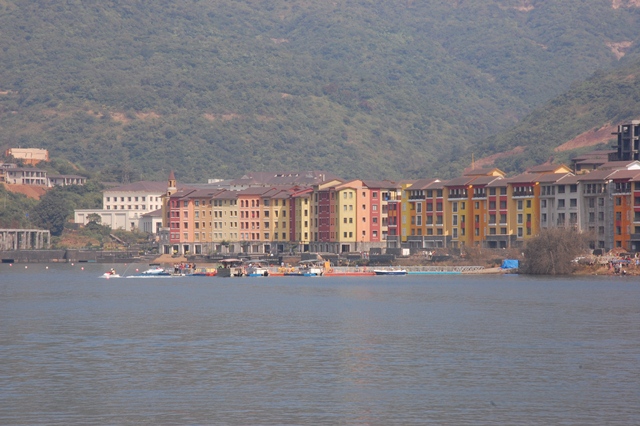


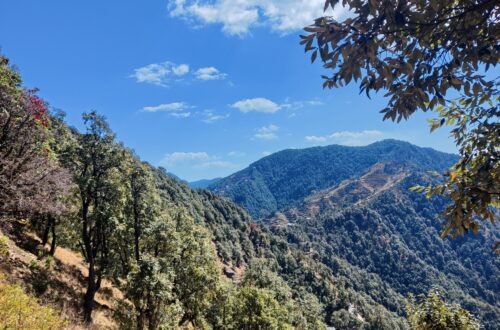
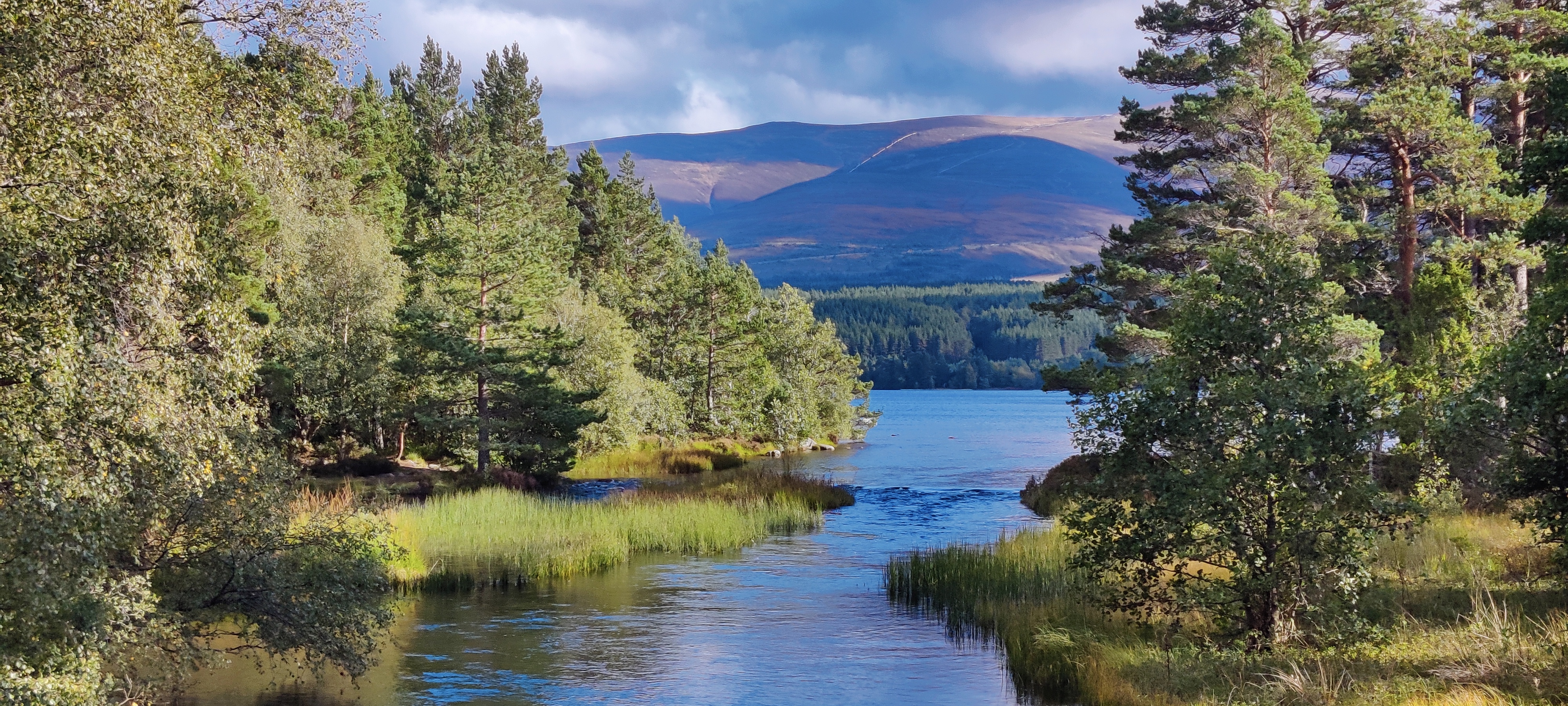
So true, Neeraj. Unfortunately, this is what happens in this country in the name of development.
It looks like Lavasa is on its way of becoming a classic example of “development” in India where in a developer builds a housing complex and names it “Hill View Apartments” and pretty soon all the hills surrounding it are destroyed/flattened to make way for more “development” (rather, destruction)! Lavasa is worse in the sense that the local population was permanently displaced to make way for the “elite”.
Hi Saumya,
Agree with you completely. A populated city along the catchment area of large dam beats all logic. How much ever treatment plants one put, the waste water / sewer of this large city will seep into the back waters. With catchment area gone, there will not be any natural flow to the dam also. This is a disaster in making.
We should be ashamed of this.
Cheers
I agree with you so much. I had visited Lavasa about three years back and was aghast and heartbroken at the destruction and brutality towards one of the few natural regions and habitats. I dread to tink of what will become of the once beautiful lake when the rampant sewage starts flowing into it, once gazillions of super rich start creating traffic jams, useless noisy ‘music events’, ‘weddings’ etc start happening there. The place also looks dramatically ugly, ugly. It looks like a cheap tv serial set.
I used to drive down that part of India for its quiantness. Now i only see corrupt looking brokers and greedy insensitive looking buyers making deals on what could be the next investment destination for accumulated wealth.
When will we realise that since we havent preserved our cultural heritage, lets leave the natural heritage, or whatever is left of it, intact. What will happen to the natural birds, insects, animals and fish of this once beautiful habitat? It seems no one cares.
The question is, do we NEED a hill station? What we really need is to control the population.